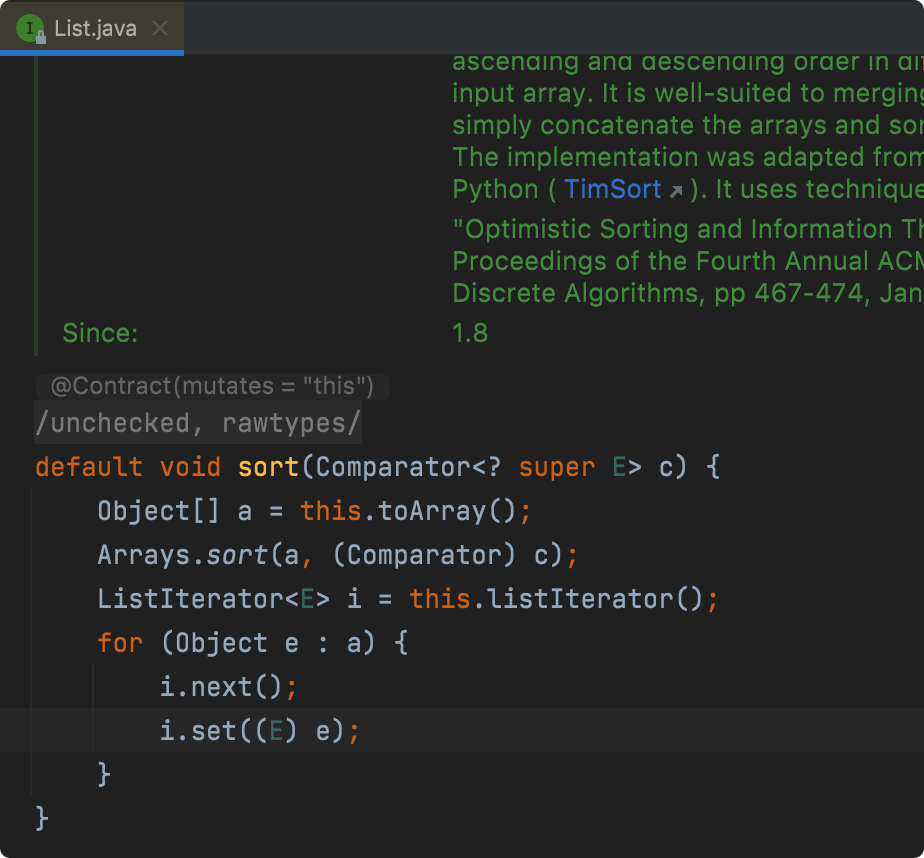+和concat都可以用来拼接字符串,但在使用上有什么区别呢,先来看看这个例子。
public static void main(String[] args) {
// example1
String str1 = "s1";
System.out.println(str1 + 100);//s1100
System.out.println(100 + str1);//100s1
String str2 = "s2";
str2 = str2.concat("a").concat("bc");
System.out.println(str2);//s2abc
// example2
String str3 = "s3";
System.out.println(str3 + null);//s3null
System.out.println(null + str3);//nulls3
String str4 = null;
System.out.println(str4.concat("a"));//NullPointerException
System.out.println("a".concat(str4));//NullPointerException
}
concat源码:
public String concat(String str) {
int otherLen = str.length();
if (otherLen == 0) {
return this;
}
int len = value.length;
char buf[] = Arrays.copyOf(value, len + otherLen);
str.getChars(buf, len);
return new String(buf, true);
}
看下生成的字节码:
所以可以得出以下结论:
-
+可以是字符串或者数字及其他基本类型数据,而concat只能接收字符串。
-
+左右可以为null,concat为会空指针。
-
如果拼接空字符串,concat会稍快,在速度上两者可以忽略不计,如果拼接更多字符串建议用StringBuilder。
-
从字节码来看+号编译后就是使用了StringBuiler来拼接,所以一行+++的语句就会创建一个StringBuilder,多条+++语句就会创建多个,所以为什么建议用StringBuilder的原因。
声明:本站所有文章,如无特殊说明或标注,均为本站原创发布。任何个人或组织,在未征得本站同意时,禁止复制、盗用、采集、发布本站内容到任何网站、书籍等各类媒体平台。如若本站内容侵犯了原著者的合法权益,可联系我们进行处理。




